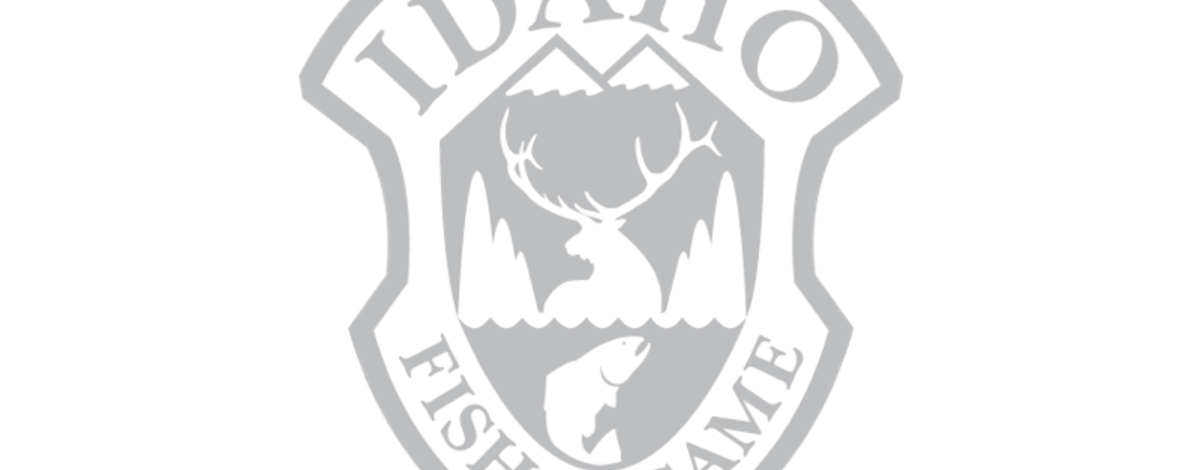We have implemented a system of distributed, synchronized GIS databases across the state. This should substantially increase the speed with which you can access and navigate GIS data in ArcMap.
There is now a copy of our GIS layers stored on the U:\ drive in each regional office as well as for Nampa Research and Eagle Lab. The database, U:\GIS_IDFG.gdb will be synchronized nightly with the main database at HQ.
We have also added a directory of Layerfiles to the U:\ drive. The directory is located at U:\IDFG_Layers. The Layerfiles reference the data in U:\GIS_IDFG.gdb and provide predefined colors, symbols, and labeling. You may add them to your map document through ArcCatalog, the AddData button, or the LayerFetcher.
Some of the Layerfiles, such as the aerial imagery and topo base maps, point to data that is delivered via the internet. The speed at which these layers draw will depend on the speed of the internet connection at your regional office. You can navigate around your map more quickly if you keep these layers turned off until you need them. The internet base map layers are located in the WebBaseMaps subdirectory of IDFG_Layers.
Other subdirectories include Hunt, Fish, Conservation, and Reference. Go in to ArcCatalog and take a look around in U:\IDFG_Layers and U:\GIS_IDFG.gdb to see what’s available.
This should be a significant improvement for IDFG GIS users but there will be some pain. Many of the data connections in your existing Map Documents may be broken. This is actually a good thing. It will encourage you to connect to the newer, better, faster data.
If you find a broken connection in your map:
Right-click the layer in your map project.
Select Data --> Repair Data Source --> Navigate to U:\ GIS_IDFG.gdb and select the equivalent layer - OR - use the LayerFetcher to add the new layer and remove the old one.
See this post on repairing broken data sources for a visual step-by-step and more options for fixing broken connections.
Thank you for your patience during this transition.

